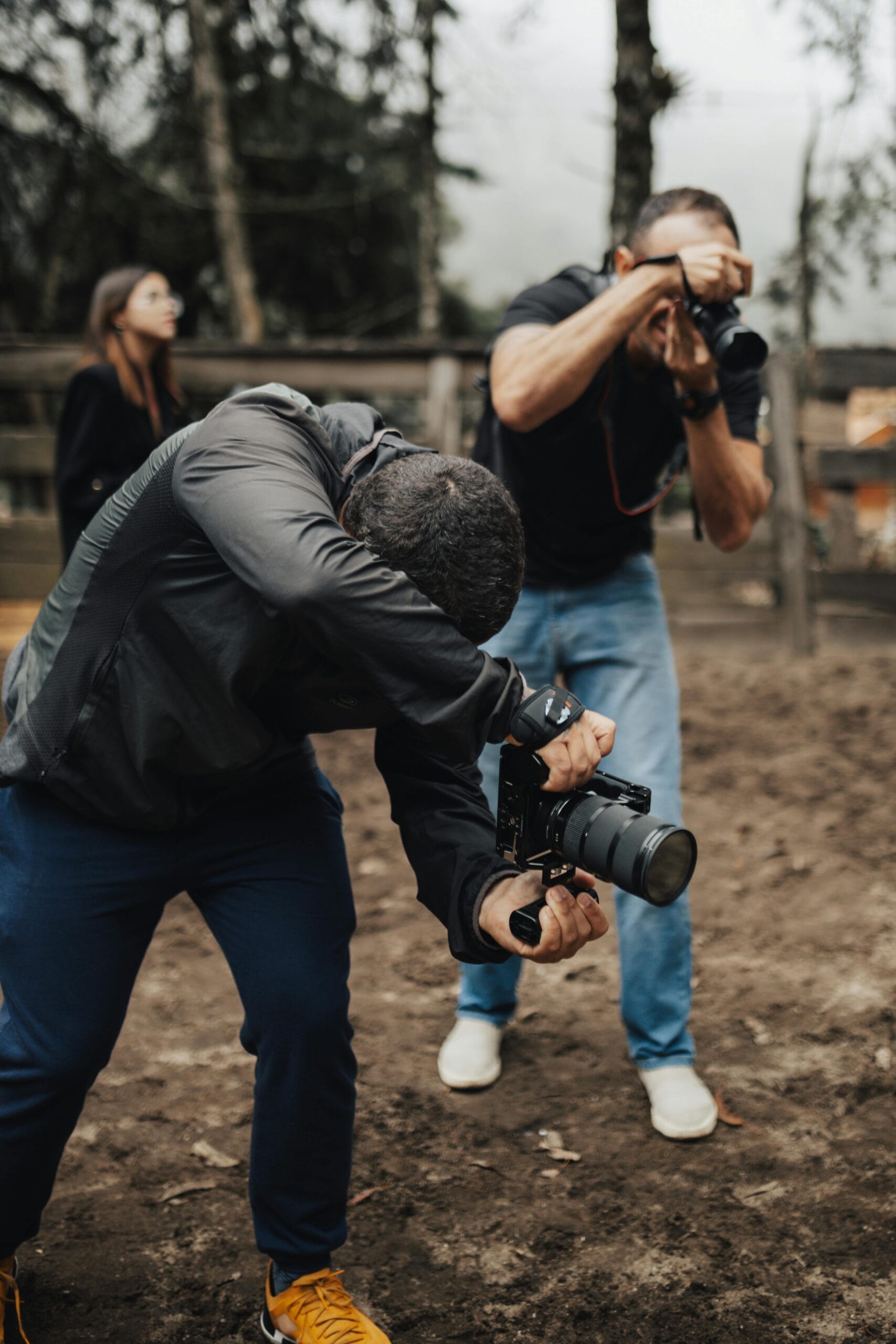A safari offers the perfect opportunity to capture breathtaking moments of nature’s finest creatures and landscapes. Whether you’re an amateur photographer or a seasoned pro, the right techniques can elevate your safari photos, preserving unforgettable memories. At Future African Safari, we understand how important it is to capture the beauty of the wild, so here are some essential tips to help you take stunning wildlife photos during your safari.

1. Choose the Right Gear
While it’s not necessary to have the most expensive equipment, having the right gear will ensure you’re prepared to capture the perfect shot.
- Camera: A DSLR or mirrorless camera with manual settings will offer you more control over your shots.
- Lenses: A zoom lens (200mm or more) is ideal for capturing distant animals. A wide-angle lens (24mm or lower) is great for landscapes and wildlife in their natural surroundings.
- Tripod: A lightweight tripod or monopod can help steady your shots, especially in low light or when using long lenses.
- Memory Cards & Batteries: Bring extra memory cards and batteries to avoid running out of space or power during your safari.
2. Understand Lighting
Lighting can make or break a wildlife photograph. Early mornings and late afternoons provide the best lighting for safari photography, known as the “golden hour.”
- Golden Hour: This is the hour just after sunrise and before sunset when the light is soft and warm, providing excellent contrast and color.
- Midday: The light is harsh, casting strong shadows and potentially overexposing your shots. If you must shoot during this time, try to find animals in the shade.
3. Set Your Camera Settings
To capture fast-moving animals and the right moments, it’s crucial to adjust your camera settings appropriately.
- Shutter Speed: A fast shutter speed (1/1000 or faster) is essential to freeze the movement of animals like running zebras or birds in flight.
- Aperture: Use a wide aperture (f/4 to f/8) to keep the subject in focus while blurring the background, which helps highlight the wildlife.
- ISO: Set a moderate ISO (400-800) to avoid noise, but ensure you have enough sensitivity to capture images in low light conditions.
4. Focus on the Eyes
The eyes are the windows to the soul. Capturing sharp, focused eyes in your wildlife photos makes the image more captivating and emotional.
- Autofocus: Use continuous autofocus (AI Servo or AF-C mode) to track moving animals and keep their eyes sharp.
- Manual Focus: For stationary animals, use manual focus to fine-tune the focus for maximum clarity on the eyes.
5. Capture the Animal’s Behavior
It’s easy to take a picture of an animal standing still, but the most compelling wildlife photos often depict animals in action or interacting with their environment.
- Look for Moments: Keep an eye out for behaviors like hunting, playing, or grooming.
- Patience is Key: Be patient, as wildlife photography often requires waiting for the right moment to unfold naturally.
6. Get the Right Composition
A well-composed photo is more visually appealing and impactful. Here are some composition techniques to consider:
- Rule of Thirds: Imagine dividing your frame into a 3×3 grid and place the subject along the lines or intersections. This creates balance and draws the viewer’s eye.
- Negative Space: Leaving empty space around your subject can create a sense of openness and emphasize the animal in its environment.
- Leading Lines: Use natural lines in the landscape, like roads or rivers, to lead the viewer’s eye toward the subject.
7. Be Aware of Your Surroundings
Safari vehicles are often the best way to get close to animals, but it’s essential to consider your surroundings to get the perfect shot.
- Stay Quiet: Sudden movements or loud noises can scare animals away. Try to stay still and calm to get the animal’s attention or allow it to continue its behavior uninterrupted.
- Use the Environment: Incorporating the surrounding landscape (trees, grass, or mountains) adds context to your photos, showing the animal in its natural habitat.
8. Respect Wildlife and Safety
While it’s tempting to get close to the action, always prioritize your safety and the well-being of the animals.
- Stay in the Vehicle: Never exit the safari vehicle unless it’s safe and guided by an experienced ranger.
- Respect Boundaries: Avoid disturbing animals or getting too close to them. Use zoom lenses to maintain a safe and respectful distance.
9. Experiment with Different Angles
Don’t be afraid to try different perspectives and angles to capture more dynamic shots.
- Get Low: Shooting from a lower angle can make animals look larger and more imposing, emphasizing their power.
- Shoot from Above: Taking photos from higher points, like in a hot air balloon or a vehicle, can offer a unique perspective and allow you to capture animals in their landscape.
10. Edit Your Photos Carefully
Post-processing can enhance the quality of your images, but it’s important not to overdo it.
- Adjust Exposure and Contrast: Increase contrast to make the animal stand out and adjust the exposure for proper lighting.
- Sharpening: Apply subtle sharpening to enhance details, especially around the eyes and fur.
- Color Correction: Correct any color imbalances, but try to keep the natural feel of the scene.
Bonus Tip: Capture the Landscape
Don’t forget that wildlife is only part of the safari experience. The landscapes, sunsets, and skies can add depth to your safari photography portfolio. Take time to shoot iconic African landscapes like the Serengeti plains, Ngorongoro Crater, or the beaches of Zanzibar.

